
-
A City of Tradition and Modernit
Madrid, the capital of Spain and its largest city, stands as one of Europe’s most prominent urban centers, blending historical grandeur with modern sophistication. Located in the heart of the Iberian Peninsula, Madrid’s central position makes it a significant geographical and cultural hub. Established in the 9th century, the city has evolved into a cultural, political, and economic beacon not only for Spain but for the world.
- History and Culture
Madrid boasts a rich history, evident in its old streets and landmarks. The city began as an Islamic fortress known as “Mayrit” during the Umayyad rule in Al-Andalus. Following the fall of the Moors, Madrid became part of the Kingdom of Castile and rose to prominence under King Philip II, who moved the Spanish capital from Toledo to Madrid in 1561.
Today, Madrid offers a captivating blend of historical heritage and urban development. Visitors can sense its storied past while strolling through streets like the “Gran Vía” or visiting historical sites such as the “Royal Palace of Madrid.” This palace is one of Spain’s most important architectural landmarks, reflecting the grandeur of the Spanish Empire.
- Art and Culture
Madrid is undeniably a city of the arts, home to some of the world’s greatest museums and art galleries. The “Prado Museum” is one of the most notable institutions, housing an extensive collection of Renaissance and post-Renaissance art, including masterpieces by renowned artists such as Velázquez and Goya. Additionally, visitors can explore the “Museo Reina Sofía,” which showcases an impressive array of contemporary art, including Picasso’s famous “Guernica.”
Culture in Madrid extends beyond art to the everyday life of its residents. The city hosts numerous cultural festivals that reflect its diversity and richness. The “San Isidro Festival” is one such occasion, celebrating the city’s patron saint with musical performances, traditional parades, and days-long festivities.
- Modern Life in Madrid
Despite its deep historical roots, Madrid is a modern city that pulsates with energy and life. Its streets, bustling with cafes, restaurants, and shops, reflect a vibrant mix of traditional culture and contemporary living. The “Chueca” neighborhood, for instance, exemplifies this modern spirit, with a blend of trendy bars, cafes, and restaurants that showcase the city’s cultural and social diversity.
- Economy and Development
Economically, Madrid is the powerhouse of Spain. The city is a major center for business and commerce, hosting numerous multinational companies, banks, and financial institutions. Madrid’s modern infrastructure further bolsters its status as a global economic hub. The Spanish Stock Exchange, located in Madrid, is one of Europe’s most important financial markets, reinforcing the city’s role as an international financial center.
- Sports and Entertainment
No discussion of Madrid would be complete without mentioning its passion for sports, particularly football. The city is home to two of the world’s most famous football clubs: “Real Madrid” and “Atlético Madrid.” The rivalry between these teams is among the most intense in the football world, with their matches drawing millions of viewers globally. Beyond football, Madrid offers a wide range of recreational and sporting activities, including parks, stadiums, and sports clubs.
Madrid is more than just the capital of Spain; it is a symbol of cultural diversity, rich history, and urban development. It is a city where the past and present coexist harmoniously, making it an ideal destination for visitors seeking to explore Europe’s history while enjoying a vibrant modern lifestyle. With its mild climate year-round, cultural diversity, and strategic location, Madrid remains one of the world’s most remarkable cities, leaving a lasting impression on all who visit.
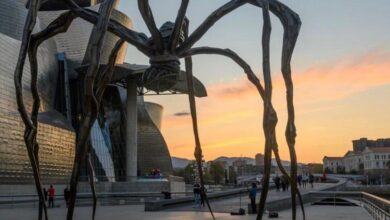
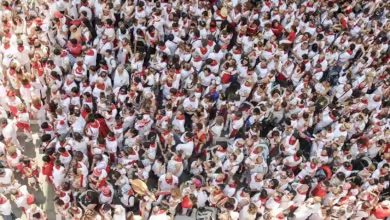

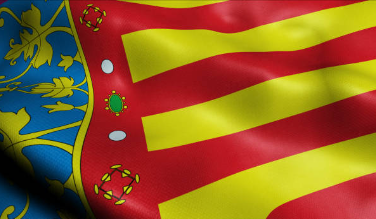
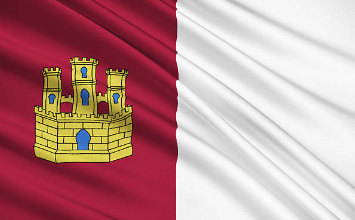
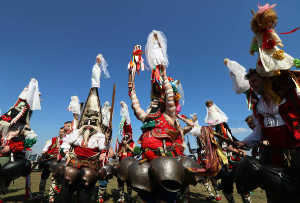
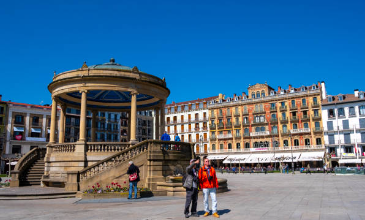
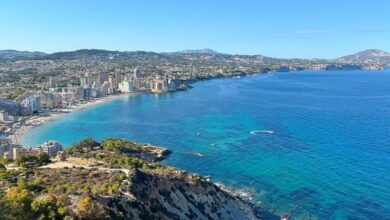
2 Comments